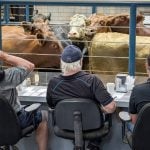
Tag Archives Sustainable agriculture

Confronting climate change through the power of plants
Carbon sequestration was front and centre as producers gathered in Pipestone to ponder how agriculture could change the conversation around climate change

Building a ‘better’ crop rotation
Understand all the interactions within a rotation and their effect on yield

Erosion lessons learned… and forgotten
The dust-covered snow of this winter suggests there’s a soil erosion problem brewing, MSSS speaker says
Opinion: Ongoing evolution necessary in farming
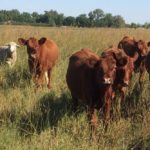
Cover crops ‘essential’ to in-field grazing
Confined livestock do little to help build soil health
Editorial: Rotation, rotation and rotation
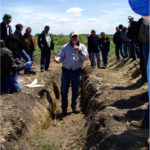
Mixing and matching inputs and rotations
Brandon researchers spent 18 years combining three different input levels and crop rotations to study the impact on nutrients, soil quality, yield and implications for climate change
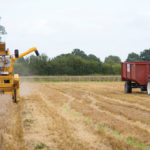
Harvest goes hands free
British researchers have put automation to test in the farm field
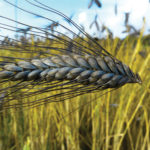
Early intervention
Humans appear to have influenced crop plants far earlier than previously understood

Canola Growers calls for co-ordinated food policy
The national rethink of food policy is a perfect opportunity to get rid of a conflicting regulatory and promotional mishmash


